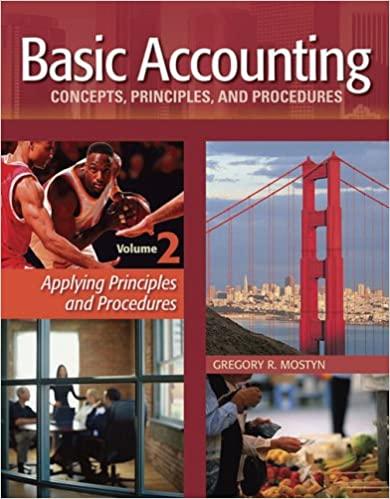Answered step by step
Verified Expert Solution
Question
1 Approved Answer
Alice Reynolds, owner of Tulip Time, operates a local chain of floral shops. Each shop has its own delivery van. Instead of charging a flat


Step by Step Solution
There are 3 Steps involved in it
Step: 1
To solve this well use the highlow method which involves the following steps Step 1 Identify the H...
Get Instant Access to Expert-Tailored Solutions
See step-by-step solutions with expert insights and AI powered tools for academic success
Step: 2

Step: 3

Ace Your Homework with AI
Get the answers you need in no time with our AI-driven, step-by-step assistance
Get Started


